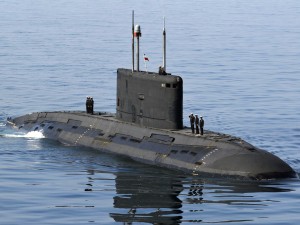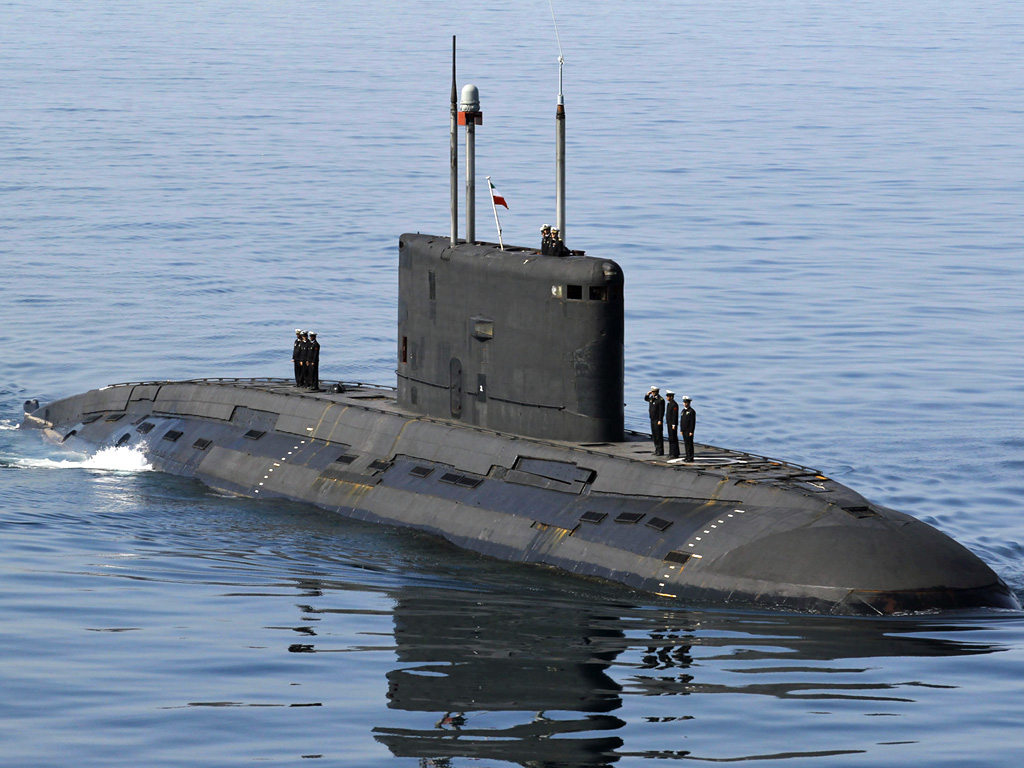
AFP PHOTO / EBRAHIM NOROOZI
An armada of 25 nations massed in the Strait of Hormuz in what is considered a “show of power” amid overtones of an approaching war between Israel and Iran, reported the Telegraph.
The move is considered preparation for any pre-emptive or retaliatory Iranian action in the Gulf among fears that Iran may block the Strait through which passes 35 per cent of the world’s petroleum traded by sea. Such a blockade can have catastrophic effects on countries such as Japan who are heavily dependent on oil and gas supplies from the Gulf.
General Mohamed Ali Jafari, head of Iran’s Revolutionary Guards, warned on Sunday, that if Iran was attacked, a retaliation will target Strait of Hormuz and US bases in the Middle East and Israel, he also added that Tehran is likely to abandon the Non-Proliferation Treaty in case of an Israeli attack, reported AFP.
The armada includes battleships, aircraft carriers, minesweepers, submarines, and some of the most powerful ships and arms from over 25 countries including US, Britain, France, Saudi Arabia, and the United Arab Emirates.
The multi-national naval force is conducting its annual 12-day exercise to practice tactics of breaching an Iranian blockade of the Strait as well as counter-mining exercises.
Next month Iran is scheduled to stage military manoeuvres where Iran’s Revolutionary Guards and air force will join to test the defences of 3,600 sensitive locations including oil and uranium facilities. The manoeuvres are rather a show of readiness for the possible Israeli strike.
The UN secretary general Ban Ki-Moon, said that he is concerned about the “fierce rhetoric” on the Iranian issue, adding that an Israeli military offensive against Iran would be “unacceptable.” He advised all sides to try resolving the issue through dialogue, reported AFP.
In the same context, Israeli prime minister, Benjamin Netanyahu, talked to NBC television on Sunday about the “unbelievable fanaticism” driving Iran’s leaders.
Referencing the violent protests sweeping the Muslim world including Iran, against an offensive film about the prophet Muhammad, he said “It’s the same fanaticism that you see storming your embassies today. You want these fanatics to have nuclear weapons?”
He added that those who think a military action against Iran is worse than a nuclear-armed Iran “Have set a new standard for human stupidity.”
The Israeli military has started building its largest base ever with a cost of $650 million, in the deserts of southern Israel. A step that, according to officials, will jumpstart the economy of the Negev region.
By late 2014, about 10,000 soldiers will start moving from their current positions in Tel-Aviv into the new base 30km south of Beersheba city.
The new base will train combat support like drivers, paramedics, and other troops that would support the combat soldiers at the front. However, it will not draw operations from the military main headquarters and the Ministry of Defense in Tel-Aviv, reported AP.
Project director Lieutenant Colonel Shalom Alfassy said that half of the bases in Israel will move to the Negev by the end of the decade in the biggest Israeli military project, in terms of size, cost and number of soldiers, since pulling up its bases from Egypt’s Sinai in the 1980s.




